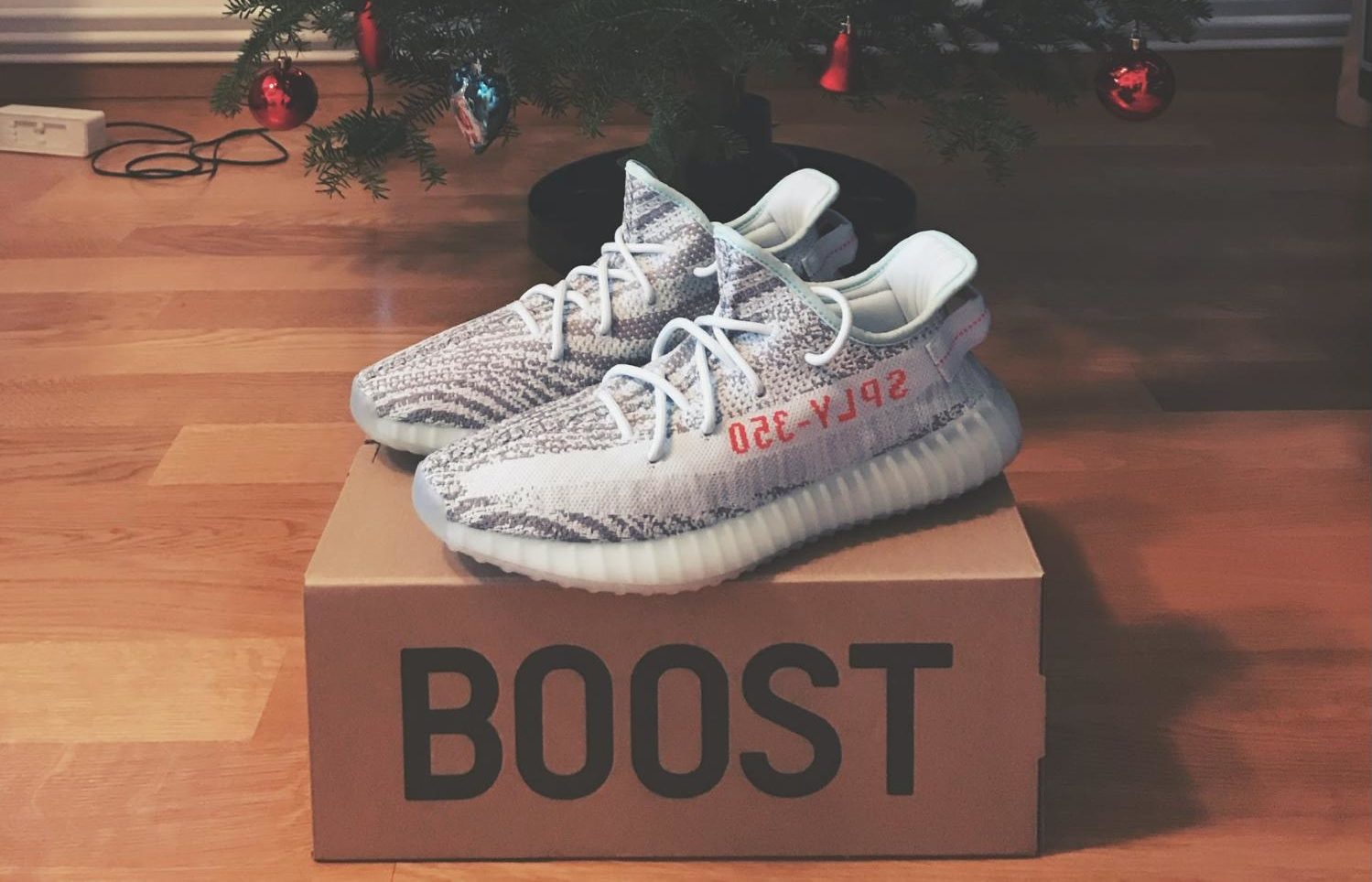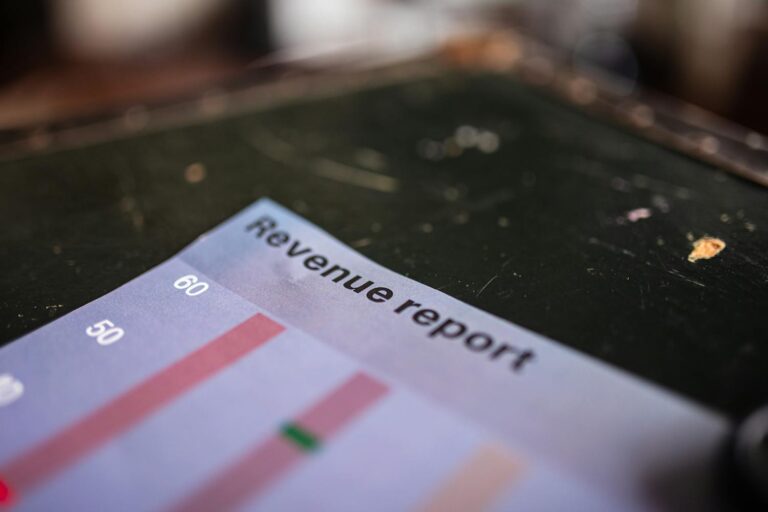Most businesses are sitting on a goldmine of untapped potential. Do you know what it is?
It’s your past customers.
These are people who are already brand aware, have weighed the pros and cons, and ultimately decided that they trusted you enough to hand over some of their money to buy what you sell. After, they may become raving fans who buy from you regularly and could be considered “brand loyal.”
Or, they may take their product and mosey. They’ve gotten what they wanted, and now they’re no longer engaging with your content or making any purchases. It’s this group that we want to target with a reactivation campaign.
What is a Reactivation Campaign?
A reactivation campaign is a marketing campaign that asks past customers to re-engage with your brand and hopefully, make another purchase.
The most common — and affordable — way to do this is through an email sequence.
No matter what you do, you’ll never be able to re-engage 100% of your past customers. People’s needs change, or they may be deal shopping and find a better price elsewhere. Or, as frustrating as it is, they may have had a bad experience with your brand.
But many of these customers who have gone quiet simply forget about you. The reactivation campaign reminds buyers that you’re still here — and you have some exciting new goodies they might like.
These email sequences should be part of your regular email marketing strategy. But when times are tight — during a pandemic, for instance — an email campaign is a low-cost way to re-engage the people most likely to buy.
How to Run a Customer Reactivation Campaign
#1 Organize and Segment
How neat is your list? Is it well-organized in one place, tagged based on factors like location, purchase history, and demographic? Is it scrubbed of email addresses that return hard bounces?
If not, it’s time to put in this work. A personalized reactivation campaign is going to be much more effective than a single email sequence sent to your entire list.
#2 Set Your Goals
While we’re primarily discussing reactivation to boost sales, this type of campaign can have several purposes. You may simply be trying to re-engage your list so you can remove any potential customers who are no longer interested in your product or service. Or you may want them to sign up for a future webinar or training to warm up the lead.
Make sure to keep your goal front and center while you’re creating your content.
#3 Choose Your Segments
Now that your list is clean and organized and you have clear goals, you can decide how to approach your different segments. You could choose to send one set of emails to leads who have signed up for your list and not converted, one set to one-time customers, and another to repeat customers who haven’t opened one of your emails in a certain amount of time.
Your segments will depend on the nature of your business and your specific reactivation goals.
#4 Create Your First Email

The most important part of a reactivation campaign is the subject line. If the subscriber was regularly opening your emails, they probably wouldn’t need to be reactivated in the first place. So the subject line needs to be something different from your usual content to grab their attention and compel them to click.
A good option is to include a discount in the subject line, so the reader knows there’s a value to opening the email. Generally, a dollar amount discount will perform better than a percentage discount. You could also try to create curiosity with something like “Gift for you inside”.
Inside the email, remind them of the value that you provide to your email list, whether that’s actionable tips, further discounts, or exclusive offers. Then amp up the time sensitivity for making a purchase by letting them know that their discount is only good for a limited time.
#5 Follow Up
While a single reactivation email may earn you some sales, a reactivation series will perform better. Send two or three emails in the series, reminding the subscriber that their time is running out to use that discount to create a sense of urgency.
#6 Celebrate!
This type of campaign is a low-cost, relatively uncomplicated way to re-engage past customers and potential customers and get them to buy. After you’ve sent your reactivation series, enjoy the boost in sales!
#7 Scrub
One more step. Not everyone in these segments will open your emails. Some emails may be caught in spam filters, but others will just not connect with the subscriber.
Give the recipient some time to get to it — maybe 30 days. If they still don’t engage, it’s time to scrub them from the list.
Does Reactivation Have to Be Through Email?

Not necessarily! While email marketing tends to be more affordable than other methods and has a great ROI, online ads or social media ads can also be effective at reactivating former buyers.
The right platform for you will depend on your audience and budget.
If you’re facing lean times, whether due to the pandemic or any other cause, a reactivation campaign is a must-try to nudge those sleepy subscribers and get them excited and buying again!






